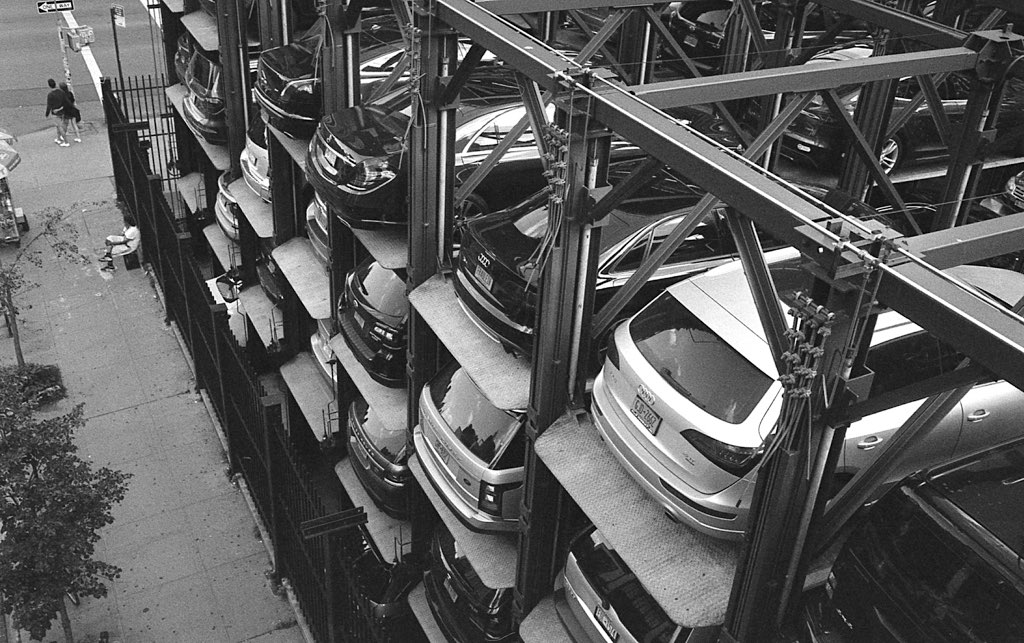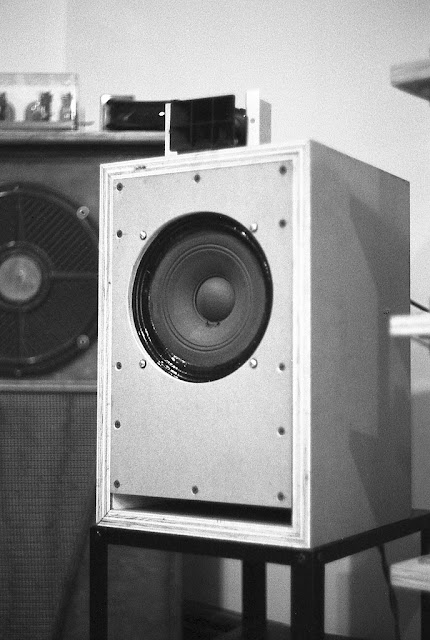It was advertised as a vintage Sony magnetic cartridge. After clicking Buy It Now, I asked the seller for more details. Sadly, my inquiry fell on deaf ears...
😊May 23, 2024 UPDATE!😊
Although not quite as dynamic, the tonal balance of this vintage cartridge is reminiscent of my all-time favorite Shure M3D. I’ve listened to it extensively mounted on the Tokyo Sound ST900, Fidelity Research FR54, and Bokrand AS309. I would've recommended this cartridge highly as a nice budget alternative to the M3D or M7D IF the eBay seller didn't go AWOL.
I posted about these cartridges at HifiHaven.org and member Fran604g uploaded pictures of a red version of this phono cartridge. The box is marked CM500 stereo moving magnet cartridge.
When I was writing this article, I visited audio-database.jp several times but didn't search the Coral section deep enough. After clicking Other, I found Coral CP-30D!👍
A phono cartridge for under $18 shipped and taxed is like an early 80s dèjà vu when I could walk into Leonard Radio on Sixth Ave. NYC, listen and browse to my heart's delight, and walk out with a $15 Grado GTE+1.
The plastic body is quite robust weighing about 6.5 grams. Instead of traditional mounting holes, the body is threaded. Over tightening the two Allen head mounting screws can result in stripped threads.
The google translate camera app on my iPhone gave the above info. I suppose 2.2 grams acupressure = Vertical Tracking Force, since it uses a stylus not an acupuncture needle. OTOH, the printed 5 gram weight doesn't match my digital scale's reading.
I haven’t mastered the use of my USB microscope and this is the best stylus image I managed to capture. It looks like a nude mounted rock with traces of facets. Could it be an elliptical or a not too highly polished conical? I'm not an experienced stylus peeper, so please let me know what you think.
I mounted the cartridge on a generic Technics-style head shell and set the acupressure to 2.2 grams on my Bokrand AS309. After a couple of tracks I heard sibilance. Increasing the VTF to 3 grams fixed the problem. IMHO, 2.2 grams is too optimistic!
The metal shield of the Amazon cartridge looked similar to the entry-level Audio Technica AT3600L. So I took it out and, as expected, it sounded comparatively dark and veiled. Switching to the Pfanstiehl conical stylus opened up the sound a bit. However, the full bodied tonality of the Amazon cartridge wasn't at all apparent leading me to believe that the two cartridges don't share the same motor.
The Amazon cartridge is a very exciting performer! Macro and micro dynamics are more nuanced, I hear more air on the top end while midrange vitality and low frequency extension are at par with the vintage cartridge. If I'm forced to split hairs, I'd say the vintage cartridge is a tad more refined compared to this Amazon special.
Same Abbey Lincoln track traced by the Amazon cartridge
As I was about to link to the item on Amazon, my original source was showing as currently unavailable. But a bit of searching yielded a blue/gray variant as pictured above that's listing from $19.46 to $23.99. Happy shopping!
As featured in the two videos, most of my listening and testing were done via my near field hifi. But I also cross referenced the cartridges fitted to the Bokrand AB309 + Garrard 401 downstream to the Altec 753Cs in the main system. Neither cartridge unseated the Shure M3D as my favorite magnetic cartridge but both provide a level musical satisfaction unimaginable at this price point!


































































